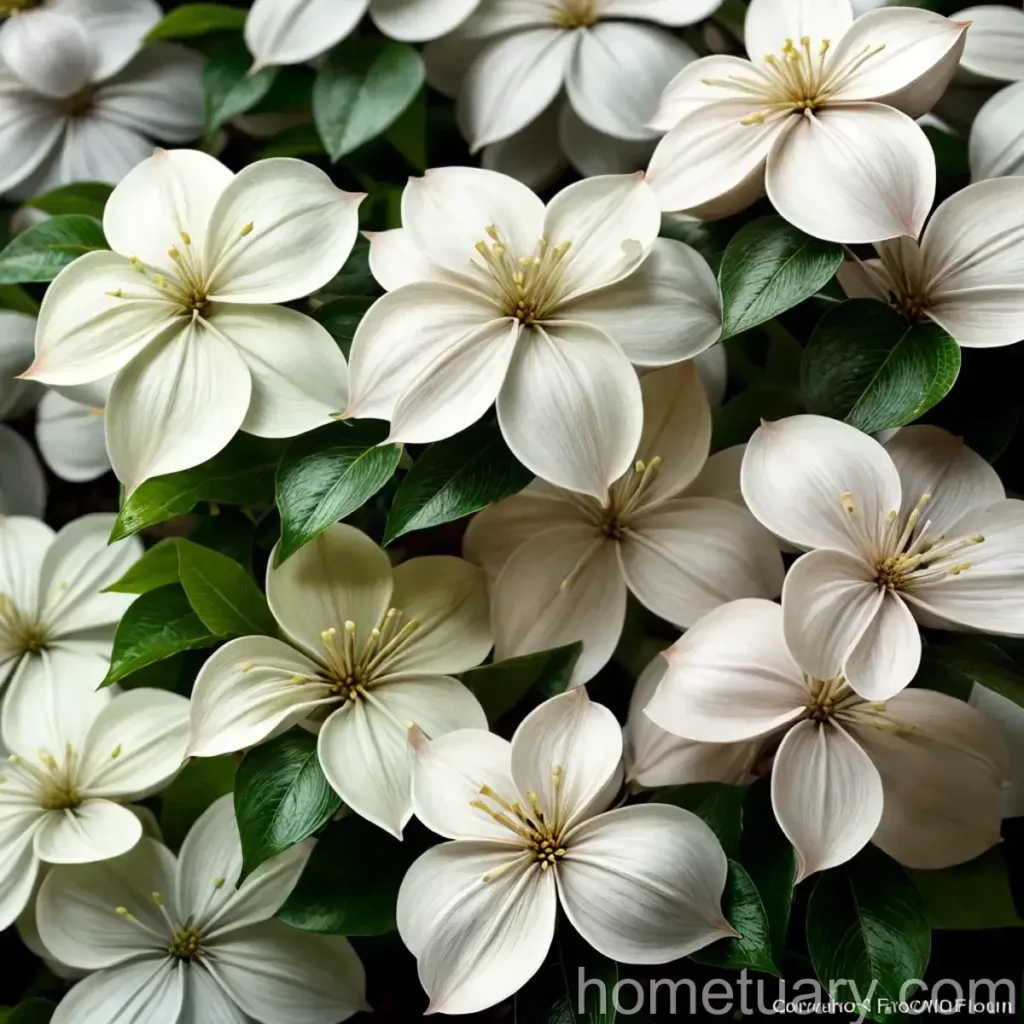All About Flowering Dogwood (Cornus florida ‘Cherokee Chief’)
Flowering dogwood, scientifically known as Cornus florida ‘Cherokee Chief’, is a stunning and popular flowering tree beloved for its beautiful blossoms and graceful form. This blog post aims to provide comprehensive insights into the characteristics, care requirements, uses, and potential challenges associated with this remarkable plant.
What is Flowering Dogwood (Cornus florida ‘Cherokee Chief’)?
The Cherokee Chief dogwood, a cultivar of Cornus florida, is a deciduous tree that belongs to the Cornaceae family. This variety is renowned for its exceptional beauty, featuring vibrant pink to reddish-purple flowers that bloom in early spring, followed by attractive red fruits and striking fall foliage. The tree typically reaches a mature height of 20 to 30 feet, with an equally impressive spread.
Key Takeaways – Flowering Dogwood (Cornus florida ‘Cherokee Chief’)
Before we delve deeper into the specifics of caring for the Cherokee Chief dogwood, let’s highlight some key takeaways about this exquisite plant:
- Scientific Name: Cornus florida ‘Cherokee Chief’
- Common Names: Cherokee Chief dogwood, Flowering dogwood Cherokee Chief variety
- Characteristics: Vibrant pink to reddish-purple flowers, red fruits, and striking fall foliage
- Growth Habit: Deciduous tree with a mature height of 20 to 30 feet
- Blooming Period: Early spring
- Cultivation: Well-drained soil and partial shade
Now, let’s explore the various aspects of nurturing and enjoying the beauty of the flowering dogwood.
Culture
Cultivating the Cherokee Chief dogwood involves understanding its specific cultural requirements, including water, sunlight, soil, and fertilizer needs. When properly cared for, this tree can thrive and showcase its remarkable features for years to come.
Uses
The Cherokee Chief dogwood serves numerous purposes in both natural and designed landscapes, making it a highly versatile and desirable ornamental plant. Some common uses of this stunning tree include:
- Ornamental Display: The vibrant flowers and appealing foliage make it an excellent choice for enhancing the visual appeal of gardens and landscapes.
- Wildlife Habitat: The tree’s fruits attract birds and other wildlife, contributing to the biodiversity of the environment.
- Shade: Its spreading canopy provides cooling shade, making it an ideal addition to outdoor spaces.
Water
Proper watering is essential for the health and vitality of the flowering dogwood. Understanding the tree’s water needs and implementing appropriate watering practices are crucial for its sustained well-being.
Sunlight
The Cherokee Chief dogwood thrives in partial shade, making it well-suited for locations with dappled sunlight or filtered light. Understanding its sunlight requirements is vital for ensuring optimal growth and blooming.
Fertilizer
Like all plants, the Cherokee Chief dogwood benefits from the application of suitable fertilizers to support healthy growth and abundant flowering. A balanced and timely approach to fertilizer application is integral to its overall care routine.
Soil
The soil composition and structure significantly impact the growth and development of the flowering dogwood. Understanding the tree’s soil preferences and implementing appropriate soil management practices are essential for its long-term health.
Pruning
Pruning is a valuable horticultural practice that contributes to the overall well-being and aesthetics of the Cherokee Chief dogwood. Understanding the principles of pruning and employing the right techniques are crucial for promoting its growth and maintaining its attractive form.
Propagation
The propagation of flowering dogwood allows for the expansion of its presence in various landscapes. Understanding different propagation methods and the optimal conditions for successful propagation can facilitate the proliferation of this captivating tree.
Container Popularity
The Cherokee Chief dogwood’s appeal extends to container gardening, offering opportunities for its inclusion in diverse urban and suburban settings. Understanding the considerations for container cultivation is essential for leveraging the tree’s ornamental value in limited spaces.
Container Common Diseases
While container cultivation offers several advantages, it also comes with unique disease-related challenges. Identifying common diseases associated with container-grown Cherokee Chief dogwoods and implementing preventive measures is crucial for maintaining their health and vigor.
Disease Diagnosis
Recognizing and diagnosing diseases that affect the Cherokee Chief dogwood is pivotal for implementing timely and effective management strategies. An understanding of common diseases and their symptoms is essential for safeguarding the tree from potential health issues.
Common Pests
Various pests pose threats to the well-being of the flowering dogwood. Identifying common pests and understanding their impact is critical for implementing appropriate pest management measures to protect the tree from potential damage.
Botanist’s Tips
Insights from botanists and horticulturists can provide valuable guidance on caring for the Cherokee Chief dogwood. Their expert tips and recommendations can offer practical and effective strategies for nurturing this remarkable plant.
Fun Facts
Learning interesting and captivating facts about the Cherokee Chief dogwood enhances one’s appreciation for this enchanting tree. Uncovering fun and intriguing information about its history, cultural significance, and ecological role adds depth to the experience of cultivating and enjoying this ornamental species.
Links to External Resources
For further exploration and detailed information about the Cherokee Chief dogwood, the following external resources offer valuable insights and practical guidance:















